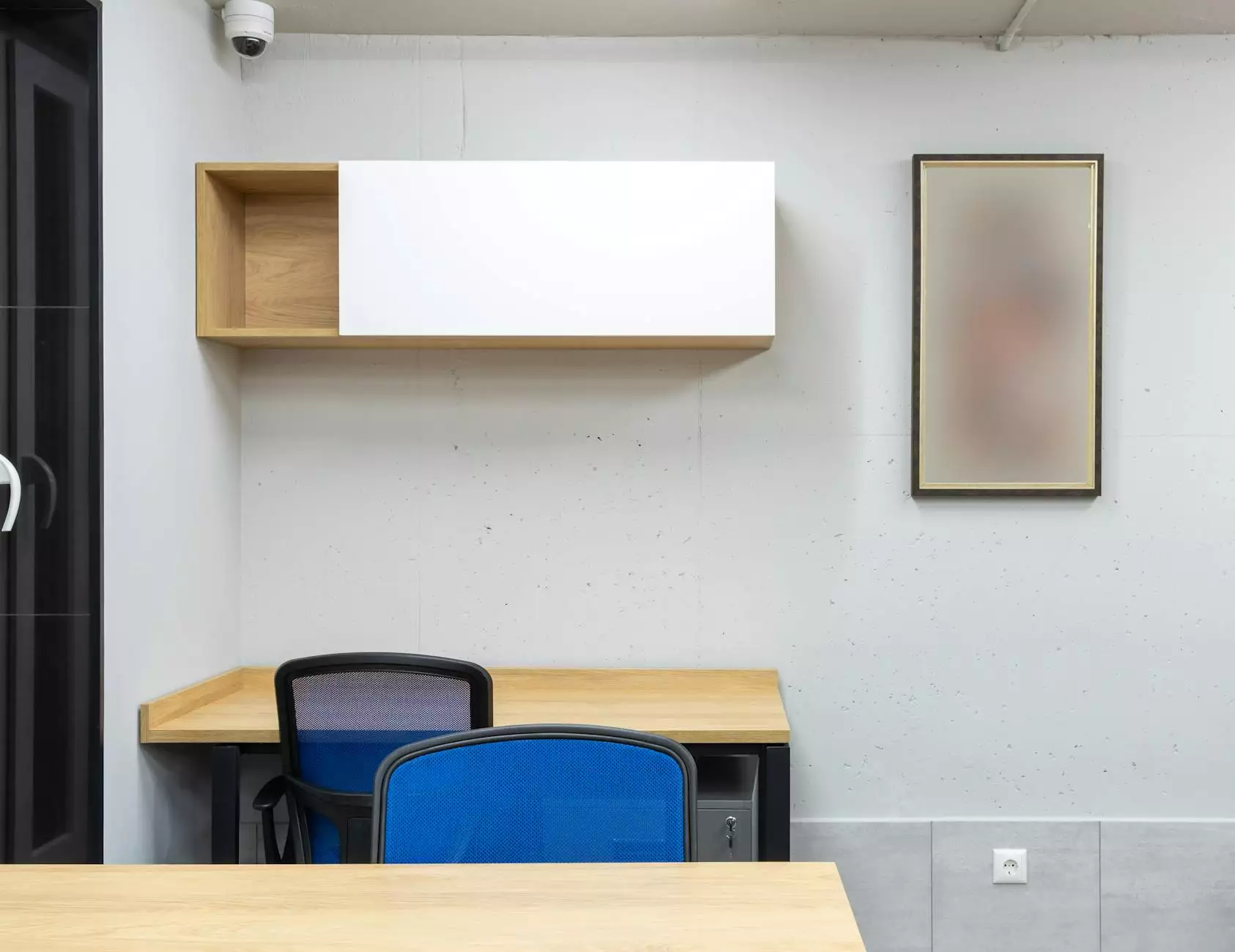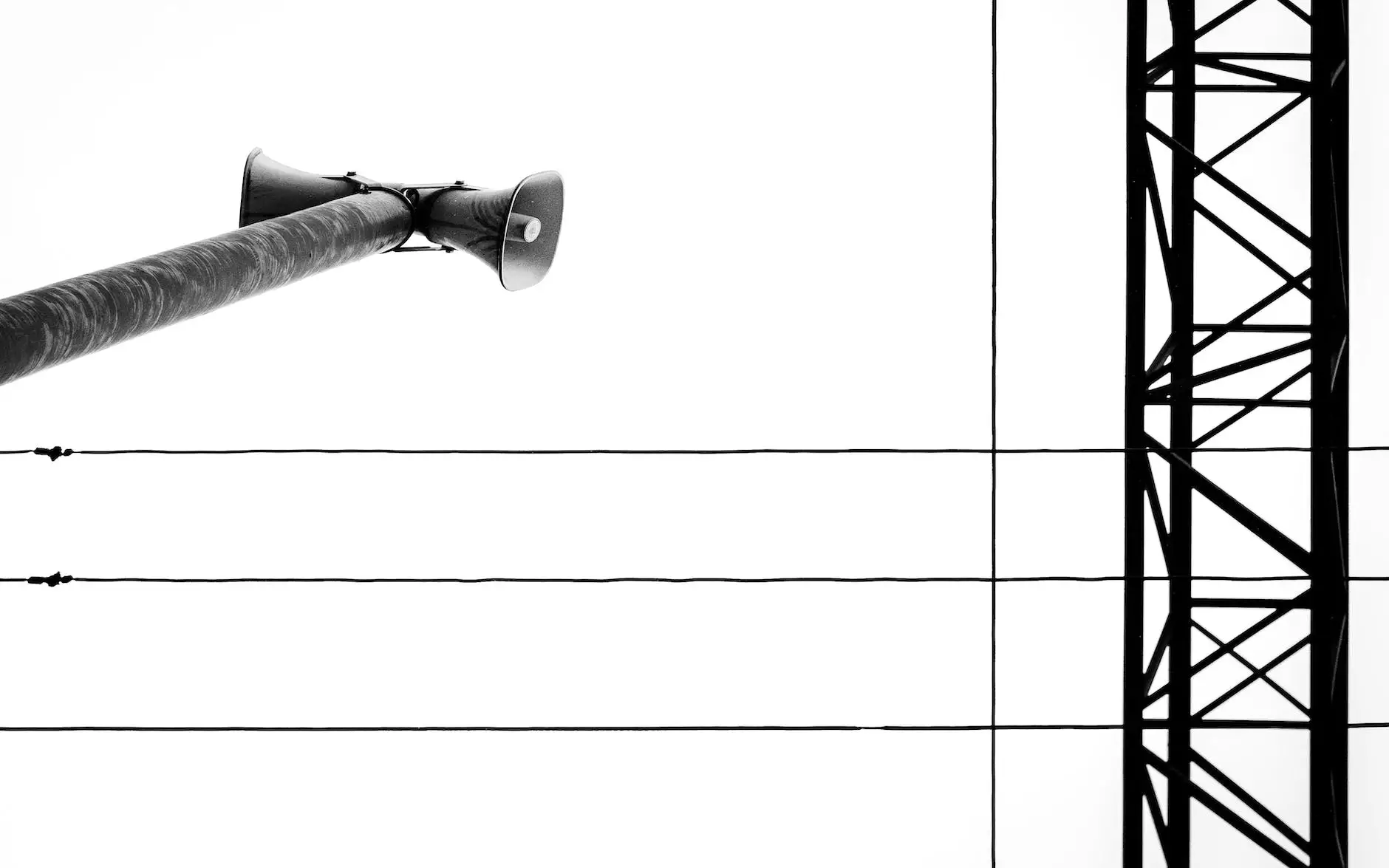Operable Partition Acoustical Considerations
Acoustics
Introduction
Welcome to Landed, your trusted resource for all things related to real estate. In this article, we'll delve into the critical aspects of operable partitions and the acoustical considerations you should keep in mind when utilizing them. Operable partitions are an excellent solution for creating flexible spaces while maintaining acoustic privacy. Understanding how to optimize their performance is key to achieving the desired level of acoustic separation in your space.
Understanding Acoustics
Before diving into the details of operable partitions, let's briefly explore the foundations of acoustics. Acoustics is the science of sound and how it behaves in various environments. Sound transmission occurs through vibrations that travel as waves in the air. When sound encounters an obstruction, such as a wall or a partition, it can either pass through, reflect, or absorb depending on the materials and design.
The Role of Operable Partitions
Operable partitions, also known as movable walls, are designed to divide and transform spaces quickly and easily. They provide the flexibility to create larger areas or smaller, private rooms within a larger open space. One of the primary considerations when installing operable partitions is their acoustical performance. Achieving the desired level of sound isolation is essential to ensuring privacy and productivity in your space.
Factors Affecting Acoustical Performance
Several factors contribute to the acoustical performance of operable partitions. Let's explore these key considerations:
1. Partition Construction
The construction of the operable partition plays a crucial role in its ability to block sound transmission effectively. High-quality partitions typically consist of multiple layers, including sound-absorbing materials, such as rockwool or fiberglass, sandwiched between layers of rigid panels. The overall thickness and density of the partition greatly impact its sound insulation properties.
2. STC Rating
The Sound Transmission Class (STC) rating is a standardized measure of how well a partition reduces sound transmission. A higher STC rating indicates better sound isolation. When selecting operable partitions, ensure that they have a high STC rating suitable for your specific requirements.
3. Sealing Mechanism
An operable partition's sealing mechanism plays a vital role in minimizing sound leakage. The seals around the edges and joints of the partition should be designed to provide a tight fit, preventing sound from passing through gaps. It's crucial to choose partitions with effective sealing mechanisms to achieve optimal acoustic performance.
4. Installation Quality
The quality of installation directly affects the acoustical performance of operable partitions. Improper installation can result in gaps or misalignment, compromising their ability to block sound effectively. It's essential to engage experienced professionals who specialize in operable partition installation to ensure proper alignment and sealing.
5. Space Configuration
The configuration of the space where the operable partitions are installed also impacts their acoustical performance. Factors such as ceiling height, material finishes, and additional sound-absorbing elements within the space can influence sound reflection, absorption, and transmission. It's important to consider these factors when planning your space to optimize acoustical performance.
Maximizing Acoustical Performance
To maximize the acoustical performance of operable partitions, consider the following tips:
1. Choose Partition Materials Wisely
When selecting operable partitions, opt for materials that offer excellent sound insulation properties. Investing in high-quality partitions with superior acoustic characteristics will ensure better sound isolation and privacy in your space.
2. Seek Expert Advice
Consult with acoustical experts or professionals specializing in operable partitions. They can provide insights into the best options suitable for your specific needs, ensuring optimal acoustic performance and functionality.
3. Conduct Sound Tests
Consider conducting sound tests before and after installing operable partitions to evaluate their performance. This can help identify any areas that require improvement or adjustment to achieve the desired level of sound isolation.
4. Regular Maintenance
Maintaining operable partitions is crucial for optimal performance. Regularly inspect and clean the partitions, paying particular attention to the sealing mechanisms. Any signs of wear or damage should be addressed promptly to ensure continued acoustic integrity.
In Conclusion
When it comes to operable partitions and acoustical considerations, Landed is here to provide expert advice and solutions. We understand the importance of achieving the perfect balance between flexibility and acoustic performance in your space. By considering the factors discussed and implementing the suggested tips, you can create a truly functional and acoustically optimized environment with operable partitions.
Contact Landed today to learn more about operable partitions and how they can be tailored to meet your specific needs. Our team of professionals is dedicated to helping you achieve the highest level of performance and satisfaction for all your real estate requirements.









